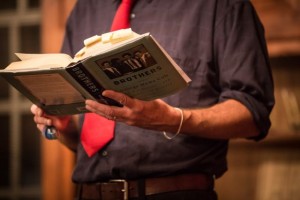Editor’s note: Former faculty member Ellie B. Rothman, Director Emerita of the Ada Comstock Scholars Program at Smith College, was the keynote speaker during the Northampton School for Girls’ 90th Anniversary Celebration on Oct. 17.
It’s my pleasure to welcome you all here this morning, for what looks like an interesting series of talks and opportunities to talk with your fellow alumnae from a spread of classes. Jeff Pilgrim and Penny Molyneaux (and perhaps a few others) are to be congratulated on putting it all together. I want to make sure that you all realize, appearances perhaps to the contrary, that I was not around at the time that NSFG was founded.
It’s a happy occasion, and I’m delighted to have been asked to speak to you. I’m going to try to say something meaningful about women’s education, though to do so in 15 minutes is daunting, to say the least.
First, I have a question: How many of you attended a women’s college? ….. We’ll come back to that.
I plan to tell you a bit about my own experience, leaving some time for questions so that I can respond to what you really want to know.
I’m not going to say anything about why Miss Whitaker and Miss Bement decided to found a school for girls in Northampton, MA in 1924. Perhaps Rick Teller will talk about that this afternoon. You all are probably pretty glad that they appreciated the importance of women’s EDC or you wouldn’t be here to celebrate your alma mater.


